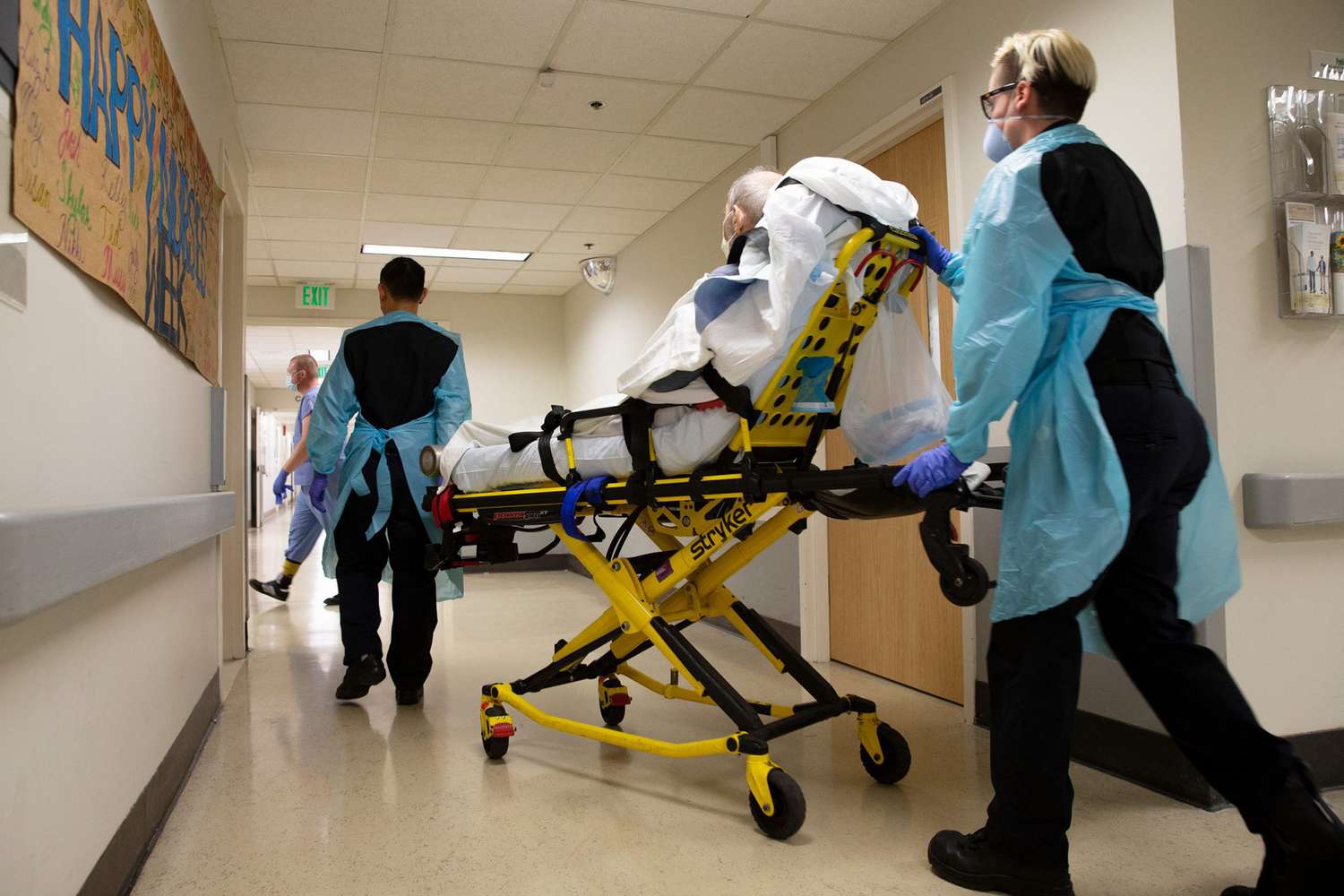COVID Death Rates Are Down as Doctors Learn How to Treat the Virus — but It Can Still Be Deadly

Cases of COVID-19 are soaring to their highest rates yet — the U.S. recorded nearly 81,500 cases on Wednesday — but the death rate has stayed relatively stable since August. The change from April, when an average of 2,000 Americans were dying a day, is due to a better understanding of how to treat the virus, researchers say.
According to a new study from NYU Langone Health, the death rate from COVID-19 is lower not because most infections are now in young adults, who are at a lesser risk of severe illness, but because doctors have a better understanding of how to treat the virus. It also helps, the researchers found, that Americans are more proactive in getting treated if they do contract COVID-19.
The researchers set out to determine if the lower death rate was due to the rise in cases among younger adults, after the average patient age dipped down to under 40 in August. But after looking at the cases of 5,000 patients hospitalized in three NYU Langone hospitals from March to August, they found that advances in treatments have reduced the death rate.
For the study, published in the Journal of Hospital Medicine, the researchers found that the death rate was down overall, even after controlling for the differences in the patients’ age, sex, race, preexisting conditions and COVID-19 symptoms.
Between March and August, the death rate at NYU Langone hospitals went from 25.6 percent to 7.6.
While there is still no cure for COVID-19 or direct treatment, doctors have figured out which medications lead to a better outcome, such as steroids like dexamethasone. They also have a better understanding of the virus. It was initially thought to be primarily a respiratory illness, but doctors now know that it can cause blood clots and attack the brain and heart.
“We don’t have a magic bullet cure, but we have a lot, a lot of little things, that add up,” Dr. Leora Horwitz, director of NYU Langone’s Center for Healthcare Innovation & Delivery Science, told The New York Times. “We understand better when people need to be on ventilators and when they don’t, and what complications to watch for, like blood clots and kidney failure.”
Still, while doctors have a better grasp on how to treat the virus, especially in New York where the majority of their cases came early in the pandemic, there is a major concern about the “third wave” of infections now happening in the U.S. Hospitals in several states, primarily in the Midwest, say they’re now overwhelmed with patients and running out of hospital beds and medical staff.
In the last month, the number of hospitalized COVID-19 patients has gone up an estimated 46 percent, according to the COVID Tracking Project, and as of Wednesday 45,045 Americans are hospitalized with the virus.
“If hospitals that aren’t prepared for large numbers of people have to deal with a large influx of COVID patients, or small hospitals get pulled into it, we should expect that mortality could change unfortunately,” Tom Inglesby, the director of the Center for Health Security at Johns Hopkins University told the Times. “That’s a warning.”
As information about the coronavirus pandemic rapidly changes, PEOPLE is committed to providing the most recent data in our coverage. Some of the information in this story may have changed after publication. For the latest on COVID-19, readers are encouraged to use online resources from the WHO and local public health departments. PEOPLE has partnered with GoFundMe to raise money for the COVID-19 Relief Fund, a GoFundMe.org fundraiser to support everything from frontline responders to families in need, as well as organizations helping communities. For more information or to donate, click here.
Source: Read Full Article
